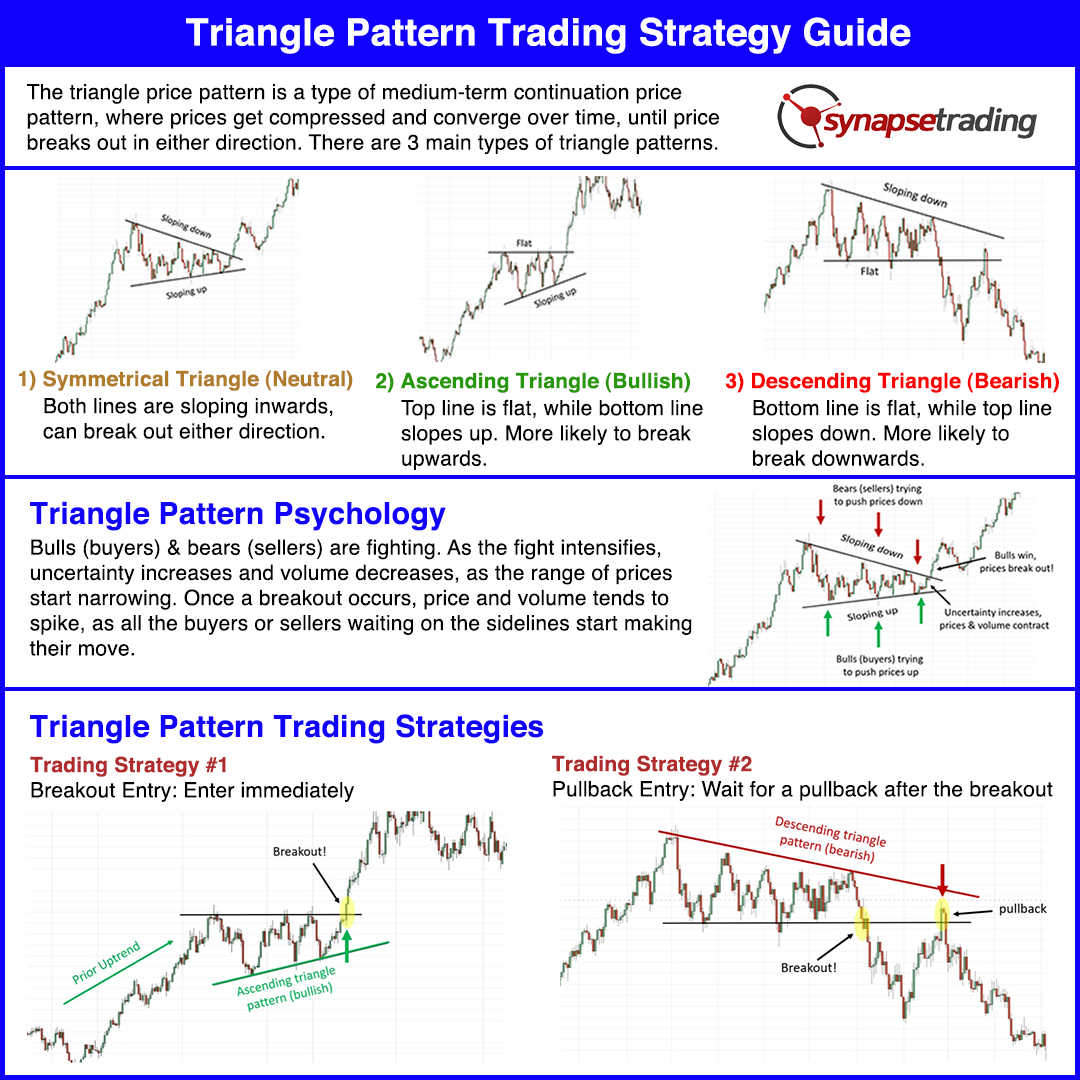An ascending triangle pattern is a type of chart pattern that forms as three consecutive peaks form in succession. The pattern is used to identify trends when they are trending upward. Using the ascending triangle pattern, you can determine whether or not a stock price is going up or down. Traders use this technique to identify stocks that will increase in value and those that will fall in value over time.
What is an ascending triangle pattern?
An ascending triangle pattern is a graph that begins with a spike in the higher range, then is followed by a dip that causes the lower range to become longer. The next few days will consist of small rises and dips that are fewer in number but larger in size. These patterns are seen in both stocks and commodities such as gold or oil. An ascending triangle represents what is known as a “bullish” pattern. An investor can identify this bullish pattern by looking for three or more consecutive lows followed by two or more consecutive highs.
When to expect an ascending triangle pattern
An ascending triangle pattern is one of the most recognisable technical indicators in investing. It is a price chart formation that consists of a large upward swing, followed by a brief consolidation period, and then a second large upward move. The pattern looks like an upside-down U when the price action begins to rise, and the first peak is called “the head.” An ascending triangle pattern is a bullish price trend that forms three highs and a high with a measure of volume in the middle. It’s most often seen in large time frames like monthly, daily, weekly, or monthly. The pattern is formed after the first two points are reached, and the third point occurs when there is significant volume.
Patterns that are similar to an ascending triangle
An ascending triangle pattern is a bullish-looking chart pattern that forms in the period before a bull market and might be used to think about investing. The shape of the pattern resembles an upside-down “V” or “w.” It is a bullish pattern that develops before the market begins to move higher. As the price rises, its resistance level forms at the top of the “V.” In most cases, this resistance is broken and a new high is set. The ascending triangle pattern is formed when a price starts at X, rises to Y, falls back to X, and then rises again. This pattern can be found in many different types of time series data. One example is the chart below, which shows the price history of Apple Inc.’s stock from 2010-2015.
Why is the head and shoulders pattern a popular pattern?
The ascending triangle pattern is an investor favorite. The head and shoulders pattern is when the stock rises, falls, and then rises again, falls again. It forms a “V” shape in price. This is because after the price swings up (head), it will have a long period of time where it doesn’t rise much (shoulders). The second part of the pattern is the start of another uptrend or downtrend (body). The head and shoulders pattern is a popular trading pattern because it’s a simple way to predict market trends. Most traders will look for this pattern in the chart of a stock or ETF. The first half of the pattern looks like the letter “H”, and the second half is called the “shoulders,” which are located above the neckline.
Tips for finding a head and shoulder pattern
The ascending triangle pattern is one of the most popular patterns in technical analysis. It’s a continuation pattern, meaning it can be expected to continue past a specific level. With this pattern, investors should look for a head and shoulder pattern, which usually happens when prices reach around $45 on both sides of the chart. Finding patterns in the stock market can be difficult, but there are simple patterns that many investors use to gauge when it is time to invest. One of these patterns is the ascending triangle pattern.
This pattern consists of two parts: a head and a shoulder. The head indicates overbought conditions where prices have risen much higher than their natural level of support. The shoulder indicates areas where sellers come into the market, pushing prices lower and reaching an equilibrium point.
The ascending triangle pattern is a bullish pattern that looks like the letter “H” when drawn on a chart. The price of the stock will be above both its high and low point from the preceding period, meaning that it has made an upward movement. It will then follow the pattern of making a horizontal line for about three to four weeks, then going up for about six weeks before meeting back up with its other two points in a head and shoulder pattern.
